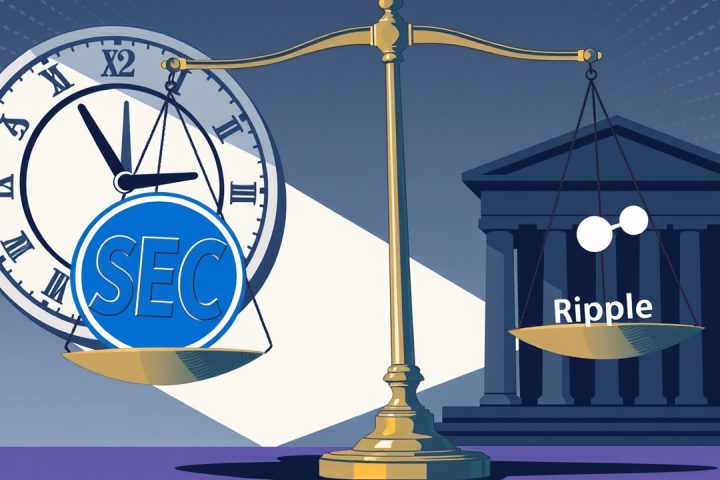The Evolution of Digital Currency
The realm of digital currency, predominantly reliant on blockchain technology for over ten years, is witnessing groundbreaking research that challenges its foundational principles. Traditionally, blockchain has served as a secure framework for ensuring digital scarcity and thwarting counterfeiting through decentralized ledgers. However, Google researchers are now investigating a pioneering alternative termed “quantum money,” which leverages the immutable laws of quantum mechanics rather than relying on a system of code.
Quantum Money: A New Frontier
In a recent paper titled “Anonymous Quantum Tokens with Classical Verification,” professionals from Google Quantum AI, the University of Texas at Austin, and the Czech Academy of Sciences delve into a theoretical currency concept that could transform the way we think about secure digital transactions. This innovative approach utilizes the intrinsic properties of quantum objects—money, in this case—rendered secure by the principles of quantum physics. A central aspect of this proposal is the no-cloning theorem, a core principle in quantum physics asserting that duplicating an unknown quantum state is fundamentally impossible.
“You could only succeed with a very small probability” of duplicating it,
– Dar Gilboa, Google
This attribute renders counterfeiting not merely a computational challenge as seen in Bitcoin, but a physical impossibility.
Addressing Double-Spending
The challenge of preventing double-spending—a critical function addressed by blockchain—is approached differently with quantum money. Instead of relying on a community-managed public ledger, which tracks ownership and prevents overlaps in transactions, quantum money ensures each unit is intrinsically unreplicable and can be expended only once. If every digital dollar is itself secured by unique physical attributes, the energy-intensive structure of proof-of-work blockchains could be rendered unnecessary. Here, verification becomes a straightforward physical phenomenon rather than a global consensus effort.
Decentralization vs. Central Authority
Despite its potential to supplant blockchain technology, quantum money does not align with the decentralized ethos that cryptocurrencies embrace. Gilboa emphasizes this distinction, stating that the proposed system assumes a trusted central authority, similar to a bank, to issue quantum tokens while cleverly employing physics to enforce integrity and prevent misuse. A mechanism for privacy is built into the system, allowing users to conduct a “swap test” to verify the authenticity of their quantum tokens. Discrepancies here would indicate possible tracking by the issuing bank, ensuring confidentiality in transactions.
The Road Ahead
However, it is crucial to note that this financial upheaval is not imminent. Gilboa cautions that the research remains entirely theoretical and necessitates advancements in quantum computing and communication technologies, both of which present formidable engineering hurdles.
Nonetheless, this inquiry is pivotal as it illustrates that the dominant technological framework of the last decade—the blockchain—is just one potential avenue for safeguarding digital assets. Rather than relying on a widespread, brute-force accounting system, there may be a future where the sophisticated and absolute principles of quantum physics guide the securing of digital currencies. Gilboa succinctly characterizes the potential of this research by describing quantum mechanics as a “crazy tool” that offers remarkable possibilities, despite the high risks involved.
This prospect of quantum money could usher in transformative changes in how we view and manage value in the digital landscape.




